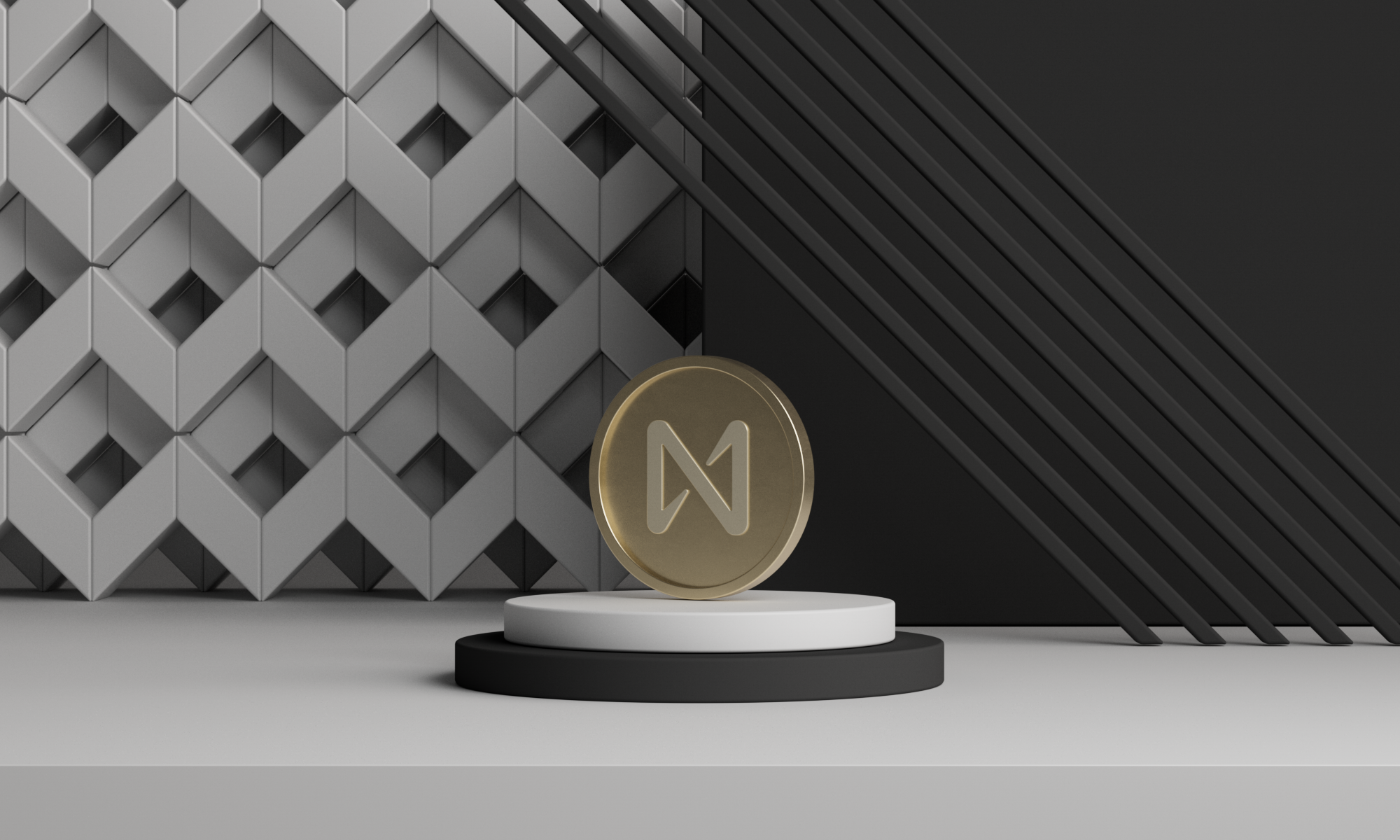Curve in a nutshell
Curve Finance is an Automated Market Maker (AMM) protocol running on Ethereum looking to offer a stable and highly liquid environment for trading stablecoins.
This DeFi project was just launched in January 2020 and now ranks as one of the most popular DeFi platforms, with a market cap of $5.02B and a Total Value Locked (TVL) of over $10B. Soon after its launch, in August 2020, Curve Finance launched Curve DAO, the protocol’s Decentralised Autonomous Organisation, enabled by Aragon’s smart contracts. This means that the Curve’s community is governing the protocol and has decisional power over possible changes and proposals through their votes.
The native token of the platform is Curve DAO Token (CRV) and is mostly used for governance, liquidity commitment and token burns.
Curve Finance was designed to provide an efficient, low-risk exchange for ERC20 stablecoins based on its own special kinds of liquidity pools. As stated on the official website:
“Its [Curve’s] main goal is to let users and other decentralised protocols exchange stablecoins (DAI to USDC for example) through it with low fees and low slippage.”
At the moment, Curve offers a range of stablecoins for trading such as USDT and USDC, but also DAI, GUSD, TUSD, BUSD, UST, EURS, PAX, sUSD, USDN, USDP, RSV, LINKUSD, and even ETH, LINK, and some tokenised BTC assets such as wBTC and renBTC.
Liquidity pools and automated market makers (AMM)
There are two tech terms you need to know in order to understand what Curve Finance is about: automated market makers (AMM) and liquidity pools. The collaborative integration between these two is meant to decrease speculation and volatility and to increase stability.
An automated market maker, or AMM for short, is a type of decentralised protocol controlled by a formula that regulates assets’ prices in liquidity pools. AMMs work via smart contracts, therefore without the need for third parties. Every AMM sets its own formulas and pricing algorithms.
A particularly appealing feature of AMMs for investors is the fact that they’re non-custodial: this means investors using AMMs never give up ownership rights of their funds and no one but them can access them.
As of today, some of the biggest DeFi platforms are AMMs: of course, Curve Finance, but also Uniswap and SushiSwap.
Curve CEO, Michael Egorov, explained the Curve AMM in the whitepaper:
“We concentrate liquidity given by the current “internal oracle” price but only move that price when the loss is smaller than part of the profit which the system makes. This creates 5 − 10 times higher liquidity than the Uniswap invariant, as well as higher profits for liquidity providers.”
You can imagine liquidity pools as literal pools full of tokens parked in smart contracts - in the case of Curve Finance, these tokens are mostly ERC20 stablecoins and tokenised forms of other coins.
Users on the platform can put their tokens in these pools. By contributing to the exchange liquidity, they become liquidity providers. To interact with these pools, traders pay relatively low fees, between 0.04% and 0.4%. In this system, there are no buyers and sellers, but traders who interact with liquidity pools and the liquidity providers that fill these pools.
Liquidity pools
Balance is a key element of liquidity pools: when a trade takes place in a pool, the ratio of coins will become uneven. The AMM protocol solves the problem at the root: the algorithm itself regulates the sudden price imbalance by slightly reducing the price of the remaining coins in the pools to incentivise trades of the coins in higher shares until the balance is back.
Liquidity providers receive a small fee when trades happen in the pools they’re providing for and they get rewards in exchange for providing liquidity to the network. Not all trading fees go to the liquidity providers: after a community proposal was approved, 50% of trading fees are now admin fees. However, they can receive higher rewards and extra interest on top of the trading fees if they decide to provide liquidity to lending pools.
Another way liquidity providers can earn rewards is through deposit bonuses. Since there are different coins in liquidity pools, users are rewarded if they add a coin with the lowest share in the pool. If users add tokens to the pools for a lower price than what they would earn by selling them on centralised exchanges, they will also get a deposit bonus.

Curve DAO Token (CRV) explained
The native token of the platform is used for liquidity commitment, governance and rewards. The aims of CRV are described on Curve’s website:
“The main purposes of the Curve DAO token are to incentivise liquidity providers on the Curve Finance platform as well as getting as many users involved as possible in the governance of the protocol.”
Liquidity providers receive CRV as a reward, therefore incentivising liquidity.
To participate in Curve’s governance, users need to lock their CRV for an amount of time. Then, users that have locked their CRV receive veCRV, vote-escrowed CRV, that represent their voting power. The longer the CRV are locked, the higher veCRV the users will receive, with 4 years being the maximum duration. Here’s how to calculate the CRV:veCRV ratio:
1 CRV locked for 4 years = 1veCRV
1 CRV locked for 3 years = 0.75veCRV
1 CRV locked for 2 years = 0.50veCRV
1 CRV locked for 1 year = 0.25veCRV
Currently, there are more than 413 million CRV locked.
Please note: AMM protocols carry risks and using them requires a great deal of technical knowledge. For this reason, AMMs are suitable for advanced traders with expert knowledge. Getting familiar with AMMs is not an easy task: be careful and know your risks, for further information see the dedicated page on the official website.
Where to start your research
As always, getting your research done before investing is key. If you want to learn more about an asset, deep dive into its official website, in Curve’s case curve.fi: here you’ll find information and resources about the project, its governance and more.
Be sure to know how high your risk tolerance is, to define what profits you’re after and don’t forget to take diversification into account. Once you’re done, ask yourself: would this asset be a good addition to your portfolio?
Where can you buy CRV?
Do you want to invest in Curve DAO Token? We got you covered! On Bitpanda you can buy CRV and 1,000+ digital assets in just a few clicks, on our app for iOS and Android or on our web app. Register and verify your account in minutes, deposit your funds - also via SEPA instant - and you’ll be able to start investing.
Disclaimer
This article does not constitute investment advice, nor is it an offer or invitation to purchase any digital assets.
This article is for general purposes of information only and no representation or warranty, either expressed or implied, is made as to, and no reliance should be placed on, the fairness, accuracy, completeness or correctness of this article or opinions contained herein.










